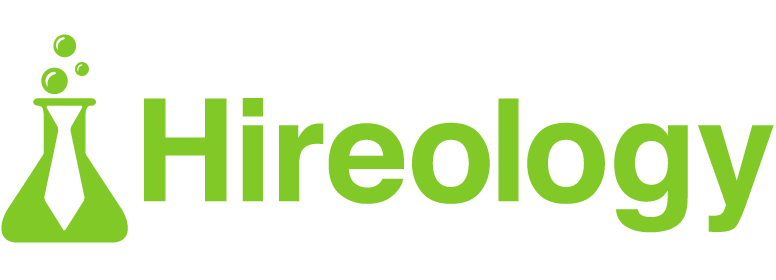By now you’re probably familiar with the phrase talent relationship management (TRM), which is the HR and business practice of building and nurturing long-lasting relationships with talent and then sourcing candidates from that pool when looking to fill open roles. Great TRM can help you fill open roles with better talent faster.
In the past we’ve spent time talking about the role former candidates and alumni play in your recruitment strategy. Today we wanted to take a look at the role of your existing employees. Your existing team offers a few opportunities when it comes to TRM. You can leverage their networks to source referrals and you can treat them as a talent pool themselves.
Let’s take a closer look.
Why existing employees are valuable to your recruitment strategy
Have you ever had a great employee you wish you could just clone? Well, the next best thing is a great employee referral program. Chances are, your highest performing employees surround themselves with like-minded people outside of work. So your existing employees play a pivotal role in helping you connect with great talent outside of your organization.
Additionally, your best employees make great candidates themselves. These are people that you want to retain long term and most of them are also innately driven to grow and evolve in their careers.
How to nurture and engage your existing employees
Whether you want to leverage your existing team for referrals or as candidates for open roles themselves, it’s important to engage with them using strategic and thoughtful messaging over time — much like you would with external talent pools.
Engaging existing employees to drive referrals
If your goal is to drive referrals from your existing team, start out by defining your employee referral program policy and clearly messaging the parameters of the program with your team. If you haven’t already completed this step, check out our guide, How to Create an Employee Referral Program That Works.
Once you have your program defined and you’ve shared the guidelines, you can then run text and email campaigns to your team with messaging around your open roles as well as the reward for referring someone who ends up getting hired. Some campaign examples include:
- New hire campaign: Your new hires bring more than just skills and a fresh perspective to the table. They also bring their own networks of talent. Engage them right off the bat with a campaign designed to inform them of the program and drive referrals immediately.
- Role or team specific campaigns: Maybe you’re an auto dealership and you’re particularly struggling to hire skilled technicians. Or you’re a hotel that’s short on housekeepers. You could run a campaign that highlights these types of in-demand roles and offers a higher bonus for people who refer relevant connections.
- Seasonal campaigns: Pick a time of year and create a theme for your referral messages along with limited time offers. Maybe summer is approaching and you run a campaign that offers double the reward for certain positions or extra PTO to help fund a weekend getaway.
Whatever approach you take with your referral campaigns, it’s important to get creative, be specific with the types of talent you’re looking for, and clearly outline the eligibility requirements.
Engaging existing employees as a talent pool
As we mentioned, existing employees also make for great candidates themselves. After all, you’ve already vetted and interviewed them. And they’re already proven that they have what it takes to contribute to your team.
What’s more, the very best performers on your existing team are likely people you want to keep around long term. And most often, high performers want to learn, grow, and evolve in their careers. If you don’t do everything you can to give them those opportunities, you likely will lose them to competitors down the line.
Here are a few ways to nurture and engage your existing team members as a talent pool themselves:
- Share growth opportunities: If your business is willing to pay for training and development, make it easier on your team by sharing role-specific opportunities you’ve come across. Don’t put the onus on them to seek it out themselves. Similarly, you could run campaigns facilitating job shadow programs to help employees learn from one another. And finally, to show your dedication to growth, regularly share stories of employees who have taken advantage of growth opportunities and experienced career growth.
- Promote internal mobility: Nothing promotes career growth more than prioritizing your existing employees for open roles. We know your current team makes for great candidates because you already know them. And we know that one of the best ways to retain your top performers is by giving them chances to move up.
- Spread positive news: Another way you can foster loyalty outside of directly facilitating training and mobility is by sharing positive company news or updates on HR initiatives. For example, you might share company wide announcements about your diversity, equity, and inclusion efforts. Or maybe you provide regular updates about company growth and big wins via campaign messaging.
Keep in mind that the best way to maintain a database of employees and engage with them regularly is with purpose-built technology. Look for an advanced applicant tracking system that allows you to easily maintain, group, and search for contacts. And the best tools will allow you to automate messages to those contacts via text or email directly from the platform.
Your existing team members make for great connections to external talent as well as great candidates themselves. With good TRM strategies you can nurture and engage your team over time to leverage them for both of these opportunities. The key is reaching them with the right messages over time on the right channels.
Stay tuned for some exciting TRM product updates from Hireology in the coming months!




